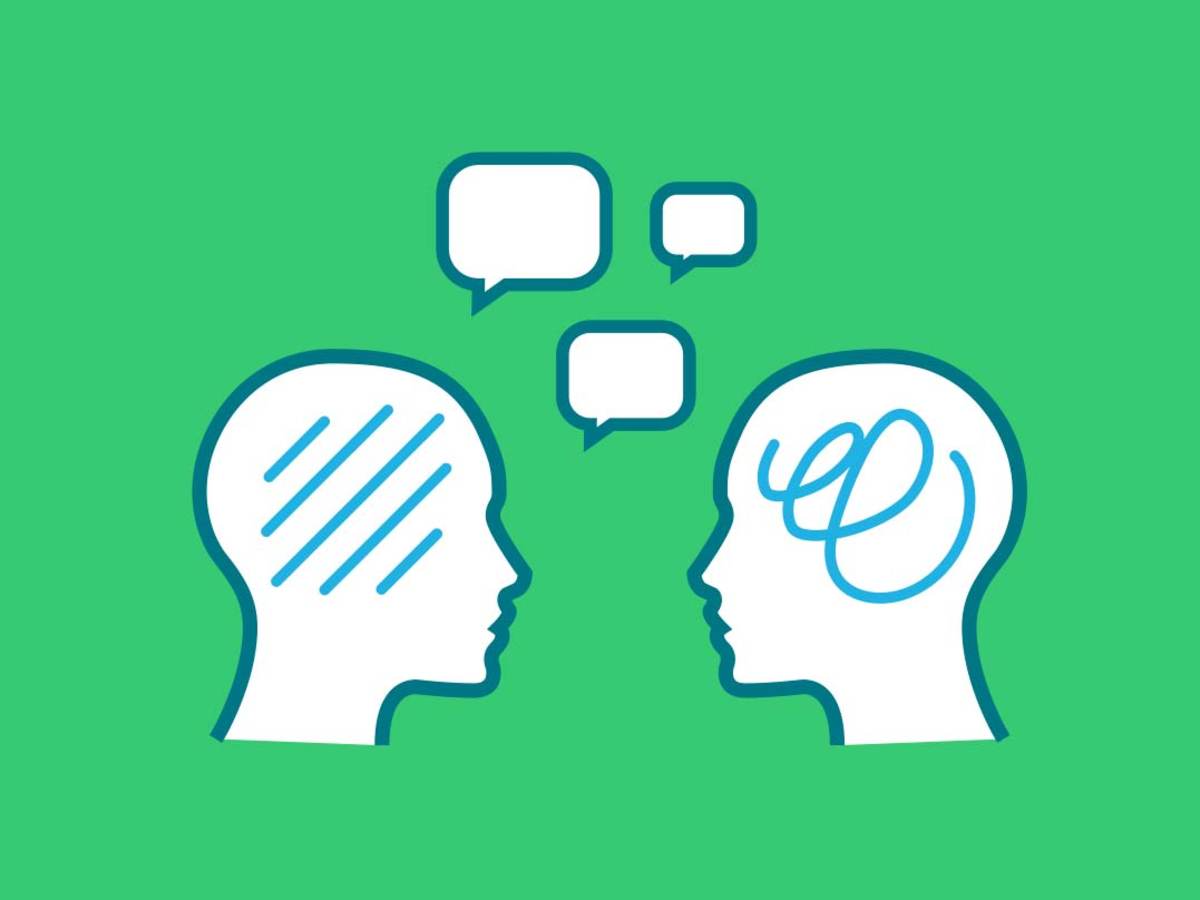February 11, 2021
When did you first learn about human factors (HF)? About half of our team members first learned of it while attending college, and often incidentally through casual conversation with someone studying it. HF was not something they heard about during their high school careers or prior to applying to college. Consequently, they often had to switch out of their original major to earn a degree in HF. Meanwhile, the other half of our team only learned about HF after they earned a different college degree and then pursued a graduate degree and complementary training in HF.
Nearly every time I explain my job to someone new, I hear something along the lines of “Wow, that sounds fascinating!” followed by a flurry of questions emphasizing their fascination with this seemingly unique yet relatable field. Happily, I recently had the opportunity to join other colleagues, including Stephanie DeMarco Bartlett, to deliver talks about HF to high school students, giving them an earlier view of a profession that might capture their interest.
In the summer of 2020, we partnered with high school psychology teachers, Evan Tarshish and Janelle Smithson, at Oak Park and River Forest (OPRF) High School in Oak Park, Illinois, to consider opportunities to increase awareness of HF among their students. As part of Tarshish and Smithson’s Introduction to Psychology course, the teachers aim to introduce their students to various careers related to psychology besides the classic clinical psychologist role. This objective and our interest in exposing students to our field aligned well in this format, which led to what we refer to as our very first “Virtual Field Trip.”
In November 2020, OPRF’s teachers and students welcomed us into their virtual classroom to facilitate two one-hour sessions per class, not only to describe HF, but also to immerse the students in the human-centered design process through hands-on activities. Over the two days, we tasked students to develop a backpack for one of their peers, starting with an initial interview to identify their peer’s needs and then developing a basic prototype made from pipe cleaners, cardboard, string, and more supplied by OPRF. Encouraging students to design based on the grievances, needs, interests, and motivations identified in the interviews, we observed students identify unique ways to design a backpack that met their peer’s needs. For example, students incorporated person-specific design choices such as separate pockets to hold smelly athletic gear for a student-athlete or a specialized structure to reduce back strain for students who typically carry many textbooks at once because their locker is located far from most of their classes. We then concluded each class’s “Virtual Field Trip” with a panel conversation featuring additional folks from the Emergo by UL Human Factors Research & Design (HFR&D) team, offering students the opportunity to learn more about our team members’ respective journey to HF, their day-to-day at HFR&D, and advice for getting to where they are.
As HF professionals with a passion for what we do, we were overcome with the students’ excitement to learn about their peers and build valuable designs that actually work to meet their needs. Our time with the OPRF students not only reinforced the importance of raising awareness of HF, but also the idea that anyone can be a designer. That in our own way, we are all experts on something, and with the right tools and methods, we can create meaningful solutions. This idea echoes our commitment to creating a workplace that is welcoming and inclusive to people of various backgrounds and experiences, one that helps all those involved feel heard, supported and encouraged, because we understand that doing so not only benefits specific individuals but also the team as a whole.
We thank the OPRF teachers and students for reminding us that we are all experts on something, and for their engagement and excitement while working with us. We are humbled to have been welcomed into their virtual classroom this Fall and look forward to continued collaborations (perhaps in person this time!) with OPRF, as well as other students and schools in 2021. Here’s to a new year and helping everyone realize their inner designer!
Samantha Levy is Human Factors Specialist on Emergo by UL’s Human Factors Research & Design team.
Learn more about human factors engineering, usability and design issues:
- Human factors design and prototype development support
- HFE user research for medical devices, IVDs and combination products
Request information from our specialists
Thanks for your interest in our products and services. Let's collect some information so we can connect you with the right person.



